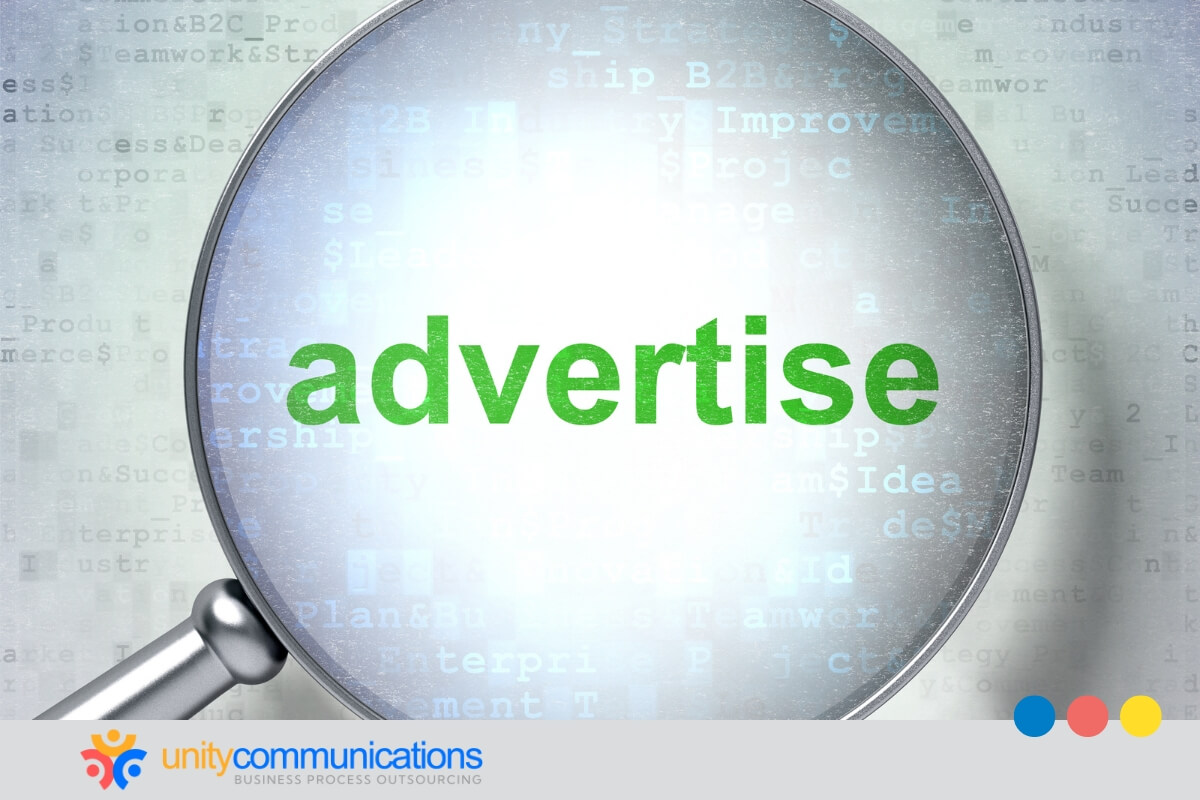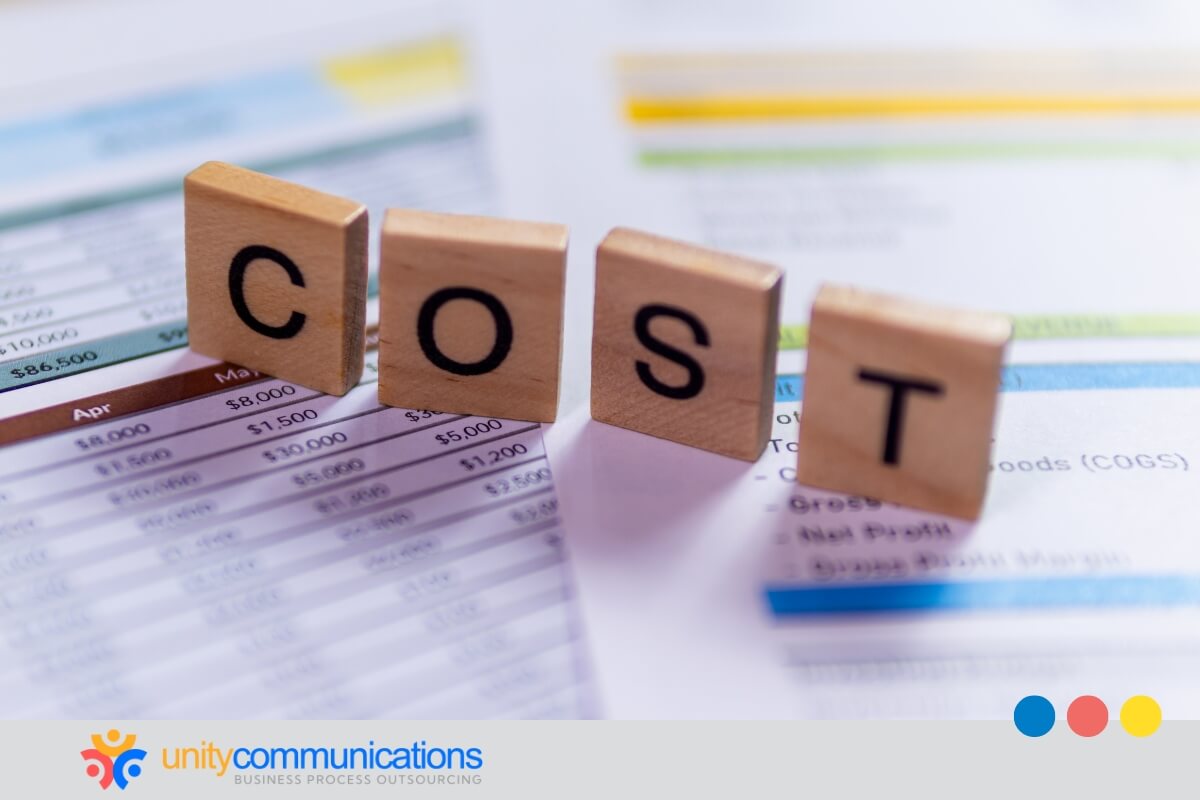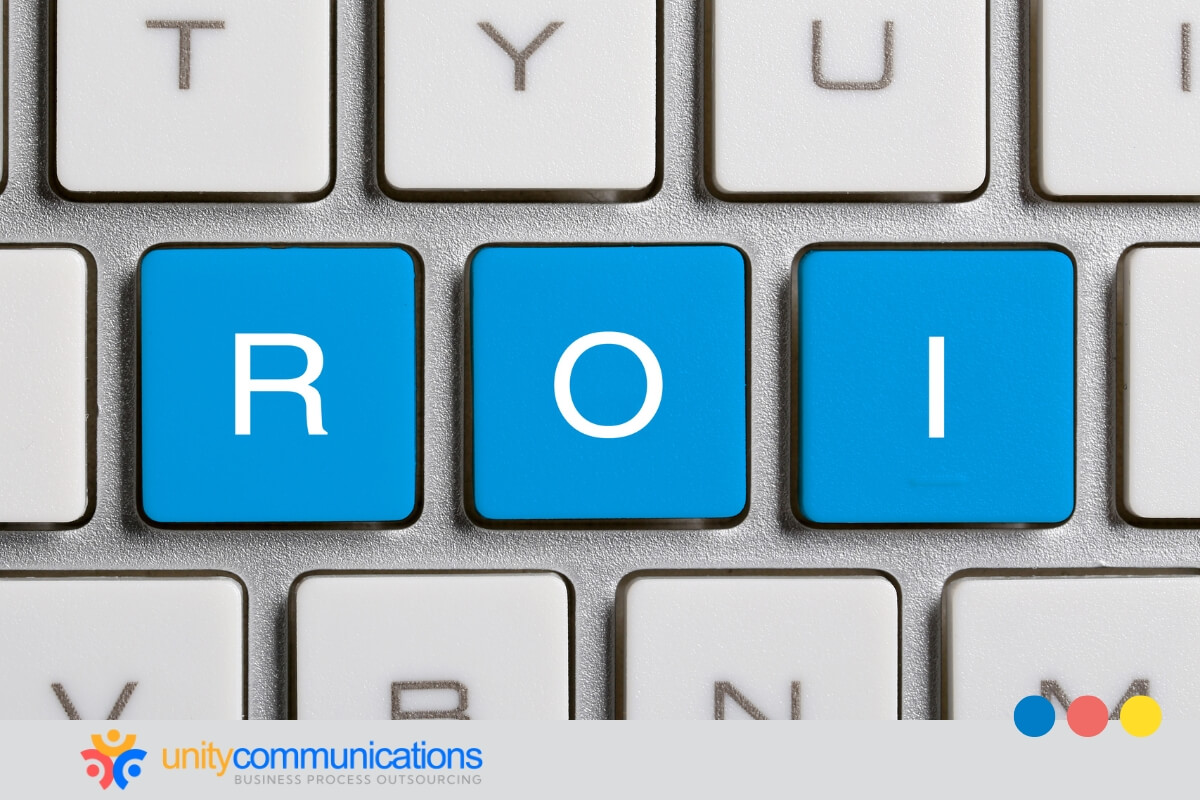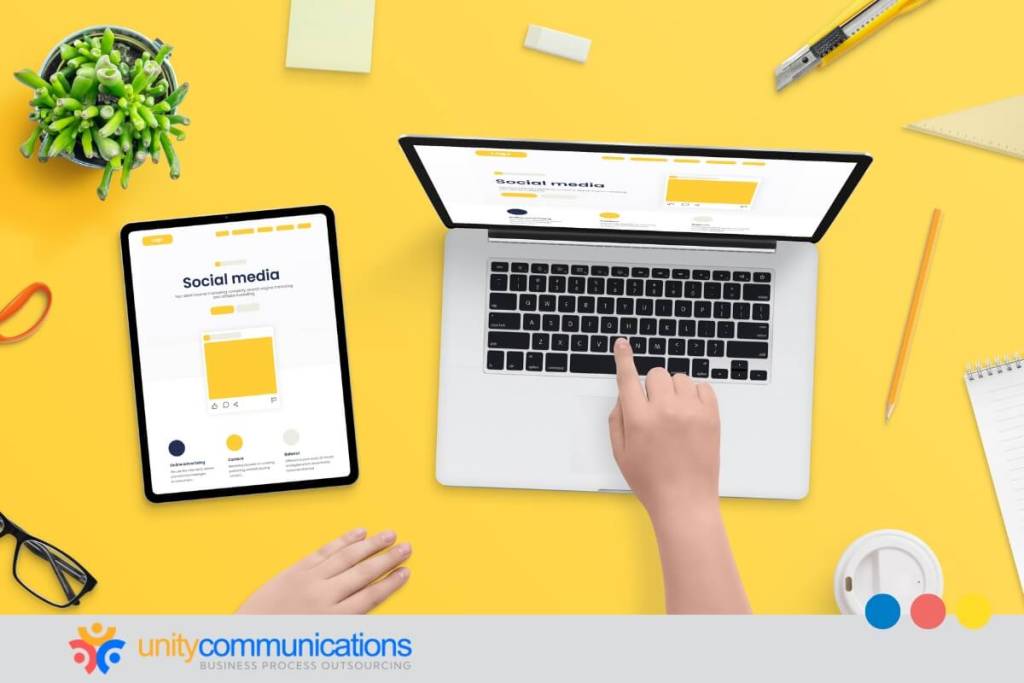Table of Contents
Choosing between Facebook and Instagram advertisements can shape how well your campaigns drive clicks, conversions, or awareness. Both platforms can strengthen engagement, broaden audience reach, and run ads. However, the right choice depends on many factors.
Social media marketing services rely on smart platform selection to hit return on investment (ROI) targets and stretch budgets further.
This article explores Facebook ads vs Instagram ads in terms of performance, cost, formats, and audience behavior. Discover which platform delivers superior value for your specific business goals and budget.
Key differences between Facebook and Instagram advertising

Although both platforms run under Meta’s ad ecosystem, they offer distinct experiences managing and running paid campaigns. Understanding their structure helps you match the right channel to your business needs and the audience’s attention span. Compare Facebook ads vs Instagram ads across key differentiators.
| Aspect | ||
|---|---|---|
| Ad experience | Supports detailed newsfeed placements and side-column ads | Focuses on immersive, mobile-first visuals that flow natively with user content |
| User behavior | Users often pause to read detailed content and explore external links | Audiences typically scroll quicker, favoring bold visuals and snappy calls to action (CTAs) |
| Commerce and tools handling | Strong integration with form fills and lead-generation tools | Emphasizes seamless shopping experiences through shoppable posts and stories |
| Content style | Longer posts and diverse formats | Bold visuals and snappy CTAs |
| Structure | Flexible layout accommodates diverse ad formats and detailed messaging | Mobile-native content-rich layout |
Knowing which platform fits your content, audience, and goals helps you place ads more effectively, improve results, and get more value from your budget.
Audience demographics and targeting capabilities
Weighing Facebook ads vs Instagram ads means knowing how each platform’s user base and targeting options differ. Your campaign’s reach and relevance depend on who you want to engage and how to target them.
| Aspect | ||
|---|---|---|
| User demographics | Diverse age range with strong 25-54 representation, including older decision-makers | Younger crowd, popular with 18- to 34-year-olds, engaged millennials, and Gen Z |
| Targeting capabilities | Advanced options: detailed interests, behaviors, custom audiences, lookalike audiences | Visual-first targeting with lifestyle and interest-based options, plus custom audiences |
| Ad placement variety | Newsfeed, right column, Marketplace, video, Stories, Messenger | Feed, Stories, Reels, Explore tab, Shopping posts |
| Personalization | Extensive, supports deep audience segmentation for precise messaging | Lifestyle-focused personalization through visual content and influencer partnerships |
Both channels offer robust tools but cater to different demographics and user behaviors, shaping how your ads perform and resonate.
Ad formats and user engagement trends
Choosing between Facebook and Instagram ads requires knowing how their ad types and user interactions differ. Understanding these factors helps you tailor content for better impact.
| Aspect | ||
|---|---|---|
| Ad formats | Photo, video, carousel, slideshow, instant experience ads | Photo, video, carousel, Stories, Reels, IGTV ads |
| User interaction | Deep engagement through comments, shares, and extended content consumption | Quick likes, story taps, saves, and swipes through Reels |
| Engagement style | A mix of scrolling and pausing to read or watch | Rapid, visual-first browsing with emphasis on immediate visual impact |
| Best for | Detailed storytelling, informative ads, and lead generation | Visual storytelling, brand awareness, and impulse actions |
| CTA trends | “Learn More,” “Sign Up,” “Send Message” | “Shop Now,” “Watch More,” “Swipe Up” |
Both platforms offer varied formats, but how your audience engages with them changes depending on the design and context of your social ad campaigns.
Cost analysis and performance benchmarks

Evaluating Facebook ads vs Instagram ads starts with knowing how pricing models affect ROI. CPC, cost per thousand (CPM), and return vary by platform and campaign type. Facebook tends to offer lower CPCs for lead-gen campaigns, while Instagram might have higher CPMs but strong returns on brand awareness.
| Aspect | ||
|---|---|---|
| Average CPC | Lower CPCs due to diverse placement options and advanced targeting | Slightly higher; varies based on creative and placement |
| Average CPM | More cost-efficient for a broad reach | Higher due to premium visual environments |
| Typical ROI focus | Lead generation, traffic, conversions | Brand engagement, visual product discovery |
| Budget flexibility | Suitable for tighter budgets and precise A/B testing | Stronger for larger budgets focused on immersive campaigns |
| Cost efficiency by goal | High for direct-response ads | Premium costs justified by high-quality engagement and brand lift |
Ads on Facebook and Instagram work differently depending on your goals. Match format to intent.
E-commerce integration and lead generation capabilities
Deciding on Facebook ads vs Instagram ads means knowing how each supports sales and lead capture. Both offer shops, forms, and automated responses. Facebook excels at direct lead generation with forms, while Instagram stands out in visual product discovery and influencer marketing.
| Aspect | ||
| E-commerce integration | Shops let you showcase products with seamless checkout. Dynamic ads target specific segments to boost sales effectively. | Shoppable posts, Stories, and Reels enable immersive shopping and drive impulse purchases with engaging visuals. |
| Lead capture tools | Integrated lead forms with Messenger support fast automated replies, improving conversion and lead nurturing. | Quick replies in Direct and visual storytelling help capture leads quickly and keep engagement high. |
| Influencer marketing | Detailed tracking of influencer campaigns helps measure ROI. Groups support community-driven product promotion. | Influencers use Stories and Reels to build trust and brand awareness, especially with younger audiences. |
Facebook and Instagram both support e-commerce and lead generation effectively. The better fit depends on whether your campaign focuses on fast conversions or visual brand discovery.
Platform-specific best practices to maximize ROI
Match your campaign strategies to each platform’s strengths for better returns from Meta ads. Good social media management means adapting your approach, not using one-size-fits-all tactics across channels.
If you’re targeting conversions or lead capture, use Facebook’s detailed segmentation to narrow in on intent.
- Build custom audiences based on behaviors or past engagement.
- Test long-form copy with compelling headlines in feed placements.
- Use Instant Experience ads to keep users in-app for faster actions.
Facebook’s success depends on precision targeting and detailed messaging that guides users through longer conversion funnels with compelling, informative content.
Instagram thrives on visual storytelling, so your ad creative must stop the scroll fast.
- Use Reels and Stories to showcase motion and energy.
- Post during high-engagement hours for your audience.
- Stick with bold, branded colors and clean composition.
Instagram rewards bold, scroll-stopping visuals and immediate impact that capture attention within seconds and drive instant engagement.
Master each platform’s unique strengths—Facebook’s analytical precision and Instagram’s visual immediacy—to maximize ROI across your entire Meta advertising strategy.
Maximizing ROI through strategic partnerships

Working with organizations specializing in business process outsourcing (BPO) can relieve the pressure on your in-house team while maximizing the return on every click, view, or conversion. These specialists are dedicated to paid campaigns.
They understand how outsourcing works for streamlining ad operations, managing content, and tailoring platform-specific strategies. You’ll spend less time switching tools, chasing metrics, and seeing sharper targeting and stronger engagement. When it comes to outsourcing social media marketing, expertise matters.
- You gain access to advanced tools and coordinated campaigns.
- Your team can focus on strategy while specialists manage execution.
- You benefit from niche targeting and improved campaign performance, primarily through influencer partnerships and cross-channel integration.
Partnering with the right BPO provider turns social media advertising into a high-impact growth engine. It frees your team to focus on strategy while experts handle the precision, performance, and platform know-how that drives real results.
The bottom line
Facebook and Instagram both offer strong advertising opportunities. When comparing Facebook and Instagram ads, better ROI depends on how well you align platform strengths with your business goals, audience behavior, creative execution, testing, and timing. Outsourcing can help simplify execution and sharpen campaign performance.
Do you want stronger results from your Meta ad spend with expert BPO support? Let’s connect and discuss how we can boost your returns with data-driven strategies and managed services.




